Should this dimmer be this hot?
andrelaplume2
11 years ago
Related Stories
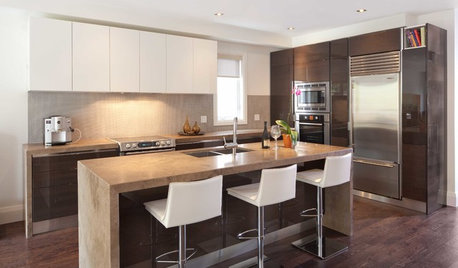
LIGHTINGGet Your Home's Recessed Lighting Right
Learn the formula for how much light a room needs plus how to space downlights, use dimmers and more
Full Story
DECORATING GUIDESHomeowners Are Flipping for Push-Button Light Switches
Button-style switches are hot off the presses again, making news in new homes and antique remodels
Full Story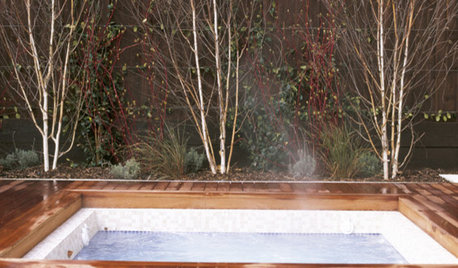
DREAM SPACESJust a Few Things for the Dream-Home Wish List
A sunken hot tub, dedicated game room, tree house, hidden wine cellar and more. Which of these home luxuries would you like best?
Full Story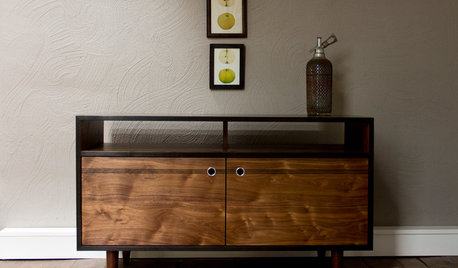
EVENTSTrends from the Front Lines of Furniture Design
See what’s hot in furniture again through the designers’ offerings at the 2014 ICFF
Full Story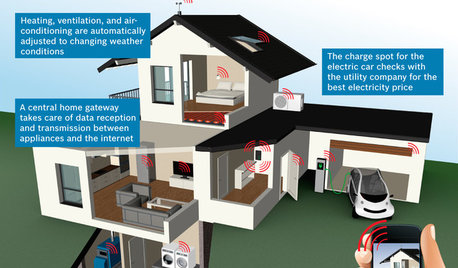
THE HARDWORKING HOMECES 2015: Inching Toward a Smarter Home
Companies are betting big on connected devices in 2015. Here’s a look at what’s to come
Full Story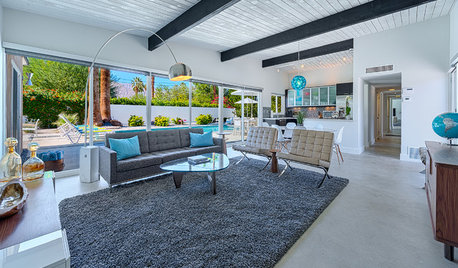
LIGHTINGBask in Lamplight's Comfort This Season
Get pro insight on lamp styles, shades and ever-confusing bulbs to enjoy the benefits of lamplight on long, cold nights
Full Story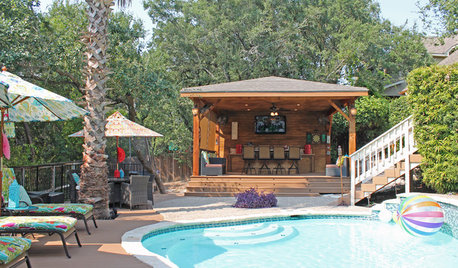
PATIOSRoom of the Day: Raising the Outdoor Bar in Texas
A covered patio with bar seating gives a family a new party space while offering protection from insects and the sun
Full Story
LIGHTINGWhat to Know About Switching to LED Lightbulbs
If you’ve been thinking about changing over to LEDs but aren't sure how to do it and which to buy, this story is for you
Full Story
GREAT HOME PROJECTS25 Great Home Projects and What They Cost
Get the closet of your dreams, add a secret doorway and more. Learn the ins and outs of projects that will make your home better
Full Story
LIGHTINGThe Lowdown on High-Efficiency LED Lighting
Learn about LED tapes, ropes, pucks and more to create a flexible and energy-efficient lighting design that looks great
Full StoryMore Discussions







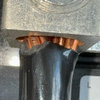
brickeyee
Ron Natalie
Related Professionals
Arlington General Contractors · Aurora General Contractors · Elgin General Contractors · Jefferson Valley-Yorktown General Contractors · Ken Caryl General Contractors · Fairfax Handyman · Los Angeles Solar Energy Systems · Madison Solar Energy Systems · Saratoga Solar Energy Systems · Ferndale Home Automation & Home Media · Fort Lauderdale Home Automation & Home Media · Grand Rapids Home Automation & Home Media · Pine Hills Home Automation & Home Media · Saint Petersburg Home Automation & Home Media · Windsor Locks Home Automation & Home Mediaandrelaplume2Original Author
brickeyee
andrelaplume2Original Author
andrelaplume2Original Author
dennisgli
Ron Natalie
brickeyee
dkenny
yosemitebill
brickeyee
andrelaplume2Original Author
brickeyee
yosemitebill
hrajotte
lbpod
andrelaplume2Original Author
alan_s_thefirst
brickeyee
andrelaplume2Original Author
brickeyee
kurto
brickeyee
kurto
andrelaplume2Original Author
brickeyee
Carol Davis